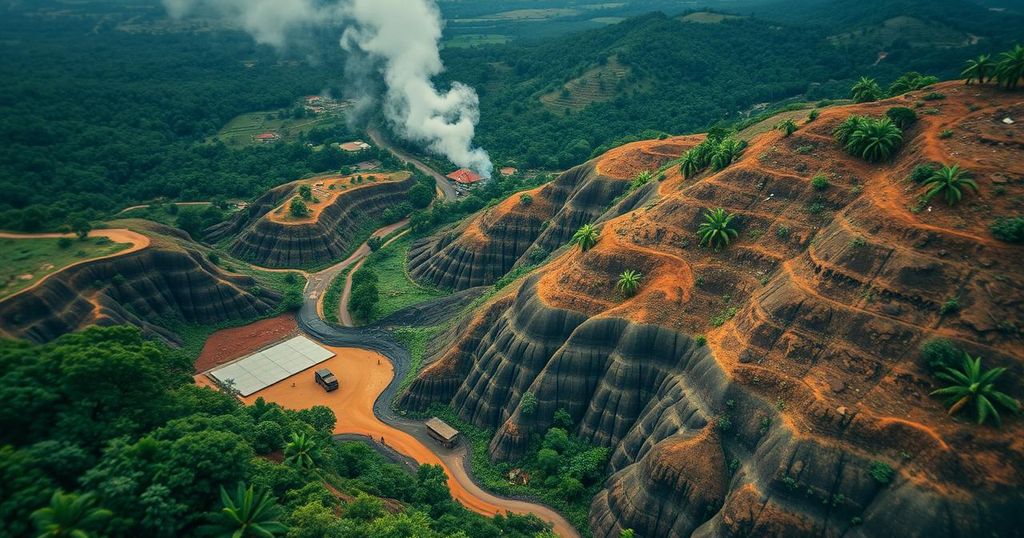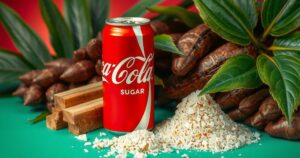Economic Overview of the Democratic Republic of the Congo

The Democratic Republic of the Congo’s economy fundamentally revolves around mining, particularly copper and diamonds, with historical dominance by foreign companies. Post-independence nationalization efforts during Mobutu’s regime led to widespread corruption, declining productivity, and economic crisis. The economy contracted severely in the 1990s, exacerbated by civil conflict. Recent market-oriented reforms show promise for stabilization, although agricultural challenges persist. Agriculture remains essential for the majority, hampered by inadequate infrastructure leading to increased food imports. Efforts for economic recovery are underway as the DRC seeks to engage its resources more sustainably.
The Democratic Republic of the Congo (DRC) boasts a rich natural resource endowment, primarily stemming from its mineral wealth, such as copper and diamonds, which historically formed the backbone of its economy. Following independence in 1960, foreign entities controlled most of the economic activities, notably the Belgian Union Minière du Haut-Katanga (UMHK), which became vital for government revenues. In the wake of a coup by Mobutu in 1965, efforts to nationalize UMHK materialized in a compromise forming the state-owned Générale des Carrières et des Mines (Gécamines), while operations remained with a private management company associated with UMHK. This transition was emblematic of Mobutu’s economic strategy, termed “Zairianization,” which aimed to consolidate power and profit under his regime. Although Western allies and financial institutions initially overlooked corruption and mismanagement under Mobutu, a collapse in copper prices and severe economic strife led to international scrutiny and pressure for change. By the early 1990s, the DRC’s economy suffered a significant downturn, characterized by diminished productivity and an ineffective state, culminating in a near-total disintegration of formal economic structures during civil conflict. The early 21st century saw the DRC begin reforms towards a market-oriented economy aimed at stabilizing conditions. Notably, agriculture plays a crucial role, employing over three-quarters of the labor force, yet persistent infrastructural deficits hinder its development and force reliance on food imports. While the country has potential for various agricultural products, including cassava and coffee, many sectors remain underdeveloped. Overall, the DRC continues to navigate a complex economic landscape shaped by historical exploitation, political turmoil, and ongoing reform efforts.
The Democratic Republic of the Congo’s economy has long been characterized by its extraction of minerals, predominantly by foreign companies. Post-independence, the DRC showcased the potential for economic growth through the nationalization of resources, a significant administrative shift during the Mobutu regime. His tenure marked a period of corruption and misallocation of resources, drastically impacting the economy’s productivity. Following Mobutu’s reign, the DRC has grappled with political instability and civil conflict, severely affecting its economic framework. Recent reforms aim to revitalize agriculture and other sectors, positioning these reforms as essential for improving the socioeconomic conditions of its populace.
In conclusion, the Democratic Republic of the Congo’s economic trajectory has been fundamentally influenced by both its rich mineral resources and the historical implications of governance marked by corruption and instability. Recent efforts towards economic recovery and agricultural development signify a critical turning point. As the DRC fortifies its institutional framework and implements structural reforms, it aspires to unlock its full potential and improve the livelihoods of its citizens amidst ongoing challenges.
Original Source: www.britannica.com







